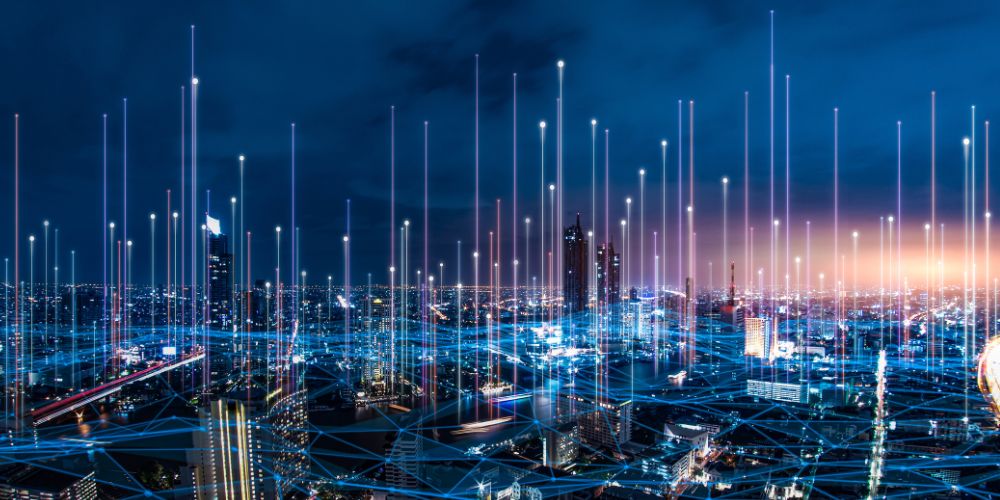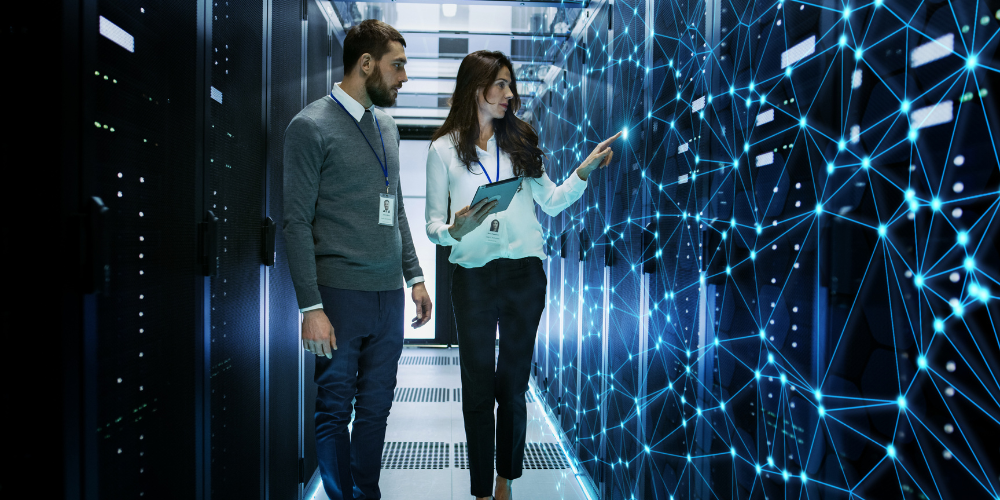With cutting-edge technology and digital innovation continuing to take center stage, technology spending is expected to continue expanding. With digital innovation like artificial intelligence, cloud computing and even the Internet of Things also comes a greater potential of cyber threats. Read on to learn more about technology trends and how they may affect businesses in 2024 and beyond
Tech Spending to Increase in 2024
In general, worldwide technology spending is expected to increase by 8%, according to a Gartner article in October of 2023. The key sectors expecting growth include software at 13.8% IT services at 10.4%. Data privacy spending is expected to jump from 18.5% in 2023 to nearly 25% in 2024, and even network security equipment is expected to grow but more modestly, from 12.9% to 13.9%. Main business drivers are digital innovation, artificial intelligence, and cybersecurity, according to a Telarus report for 2023. Businesses are expecting to think about moving legacy systems for business operations to the cloud, when previously most of the cloud applications used were for customer-facing services. This has the possibility of driving managed services spending as well. Along with digital innovation comes cybersecurity concerns, propelling information security and risk management spending to $215 billion, a 24% increase from 2023.
Harnessing Artificial Intelligence
An IDC blog post forecasts global IT spending to expand to over $500 billion by 2027, with more spend allocated to AI implementation and adoption of AI-enhanced products and services. Technology providers anticipate investing money along with time and brainpower in incorporating AI into the core of their business. Although AI is a major turning point–with ChatGPT’s 3.5 series released nearly a year ago– generative AI is not expected to come to the fore until about 2025. Artificial Intelligence is still expected to be in the background, improving processes. For example, it works with Microsoft’s Copilot to aid collaboration by combining the power of large language models with users’ data. It can operate with common MS applications like Word and Excel, offering assistance in real time. While primarily for businesses of 300 workers or more, it has potential to serve smaller businesses as well.
Applications of Internet of Things
Internet of things (IoT) involves connecting devices to networks, with applications in the energy and security sectors, including video surveillance. With more cloud use, data centers need physical security protection. A “smart” (connected) surveillance camera can be connected to other devices like alarms, to alert security professionals to potential threats. Artificial intelligence might operate with IoT to produce close-to-human image analysis.
The Internet of Things has much to offer the energy sector, too. Connected devices can monitor energy usage, helping reduce cost by scheduling appliances to be on and off at different times, shutting off some during peak times. Customers can partner with utility providers to make energy use more efficient and less expensive.
Cybersecurity Considerations
Because digital innovation also leads to more threats, businesses looking to move customer service and back-office work to the cloud must pay attention to (and possibly spend more on) cybersecurity. Protections are needed for data, applications and infrastructure against escalating cyberthreats. The software sector also needs to pay attention to cybersecurity, with AI creating security fears like loss of data control. According to Gartner, double-digit growth is expected in all segments of enterprise security spending in 2024.





